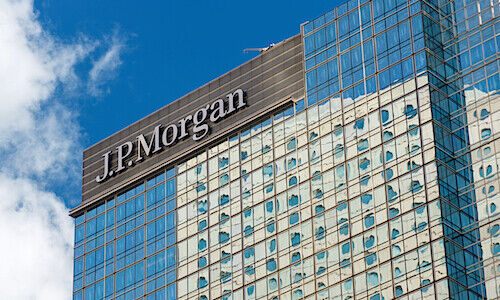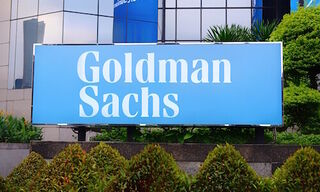Growing Divide on Investing in China: What Say The Banks?
In a rare showing of division on investing in China, global banks are increasingly split on whether to add exposure in the market now or take a wait-and-see approach. finews.asia takes a look at global banks’ views on investments in the world’s second-largest economy.
Chinese equities are under pressure to rebound from a $1 trillion sell-off in the past year driven primarily by an ongoing crackdown on the technology sector.
A growing number of major investors worldwide have expressed or signaled worries about risks from the market – including billionaire hedge fund manager George Soros and Singapore state fund Temasek.
While some have advocated for just a temporary pause, a growing cohort of investors is calling what was once the world’s most certain growth market «uninvestable». What say the banks on investing in China in 2022?
Excessive Policy Shift
«I totally understand why [foreign investors] would be reluctant to invest in China because it has changed,» according to Julius Baer’s APAC head of research Mark Matthews in a roundtable in September, calling the new sentiments due to policy change the biggest shift witnessed in his 30-year career.
According to Matthews, all the outperformance of China's American depository receipts against the broader U.S. market since 2004 has been lost with no signs of returning. And despite public touting of socially-oriented policies such as «common prosperity», he warns that improvements to Chinese society may not necessarily translate into investment returns.
«The reality is what markets like and what's good for society are not always proportionate,» he said. «Markets are cold and agnostic. They are really just interested in cash flow and so the more cash flow the company gets, the more the share price goes up.»
Growth Slowdown
One of the key concerns behind the shifting investor sentiment is the growth slowdown in China.
At J.P. Morgan, the bank said the government was unlikely to meet its estimated 5.5-6 percent growth target in 2022 – a figure calculated based on China’s previously announced goal of doubling its GDP by 2035 – forecasting just 4.7 percent growth instead.
«China’s economic slowdown was mainly policy-induced. While the directional change of policies was well-anticipated at the beginning of 2021, two developments were unexpected,» according to a recent economic report by the bank.
«First, the scope and magnitude of policy tightening including fiscal and credit tightening in 1H21, and an aggressive all-out approach to industry policy tightening. Second, the pace of macro policy adjustment in 2H21 was gradual and modest, and failed to stabilize the growth momentum as in previous policy episodes.»
Spillover Risks
And as an economic giant on the world stage, any excessive slowdown could trigger ripples to other economies.
Although BNP Paribas is broadly optimistic on global growth next year, it named China as a notable exception with downside risks to its 5.3 percent forecast for the country.
«The Chinese slowdown might hurt the global economy more than our base case envisages,» said the bank in a recent report on strategy and economics in 2022, warning against being «too bullish in a China shop».
«The property market might correct in a more decisive fashion than we assume, with spillovers to the financial system in China and possibly elsewhere. For [emerging markets] in particular, where Chinese demand is still key for output and trade trends (particularly for commodity exporters), big downside surprises in activity would probably have a materially negative effect.»
2022: A Review Year
As such, various banks are advising investors to exercise serious caution and selectivity on the Chinese market, if not simply monitoring for more clarity from the sidelines.
- Page 1 of 2
- Next >>

























